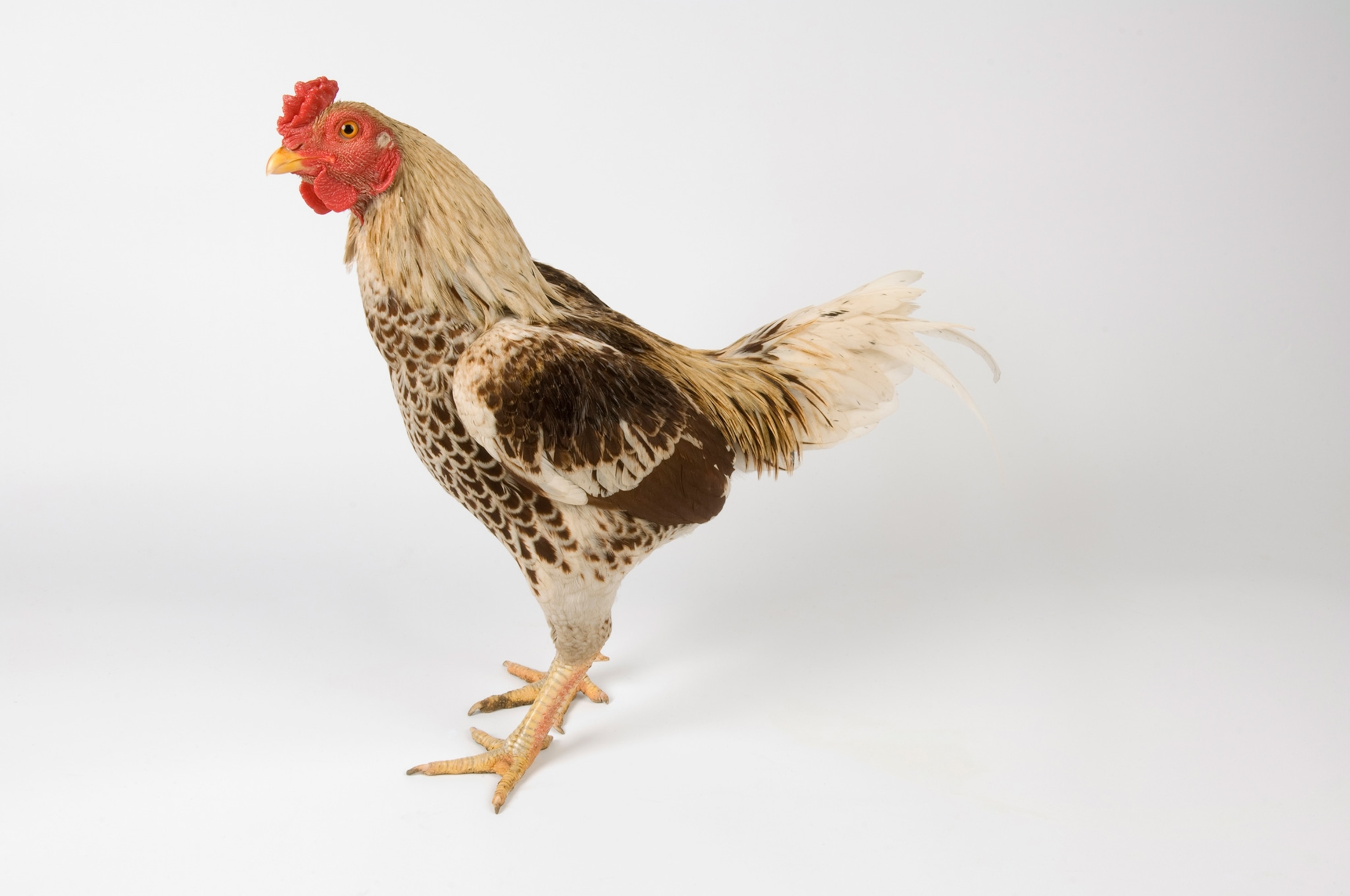
"Year of the Rooster" Brings Celebrations and Hazardous Smog
As throngs around the world celebrate the Chinese New Year, fireworks in Beijing make pollution skyrocket
The Chinese, or “Lunar,” New Year—celebrated throughout China and expatriate populations worldwide—falls on January 28 this year.
Because the holiday’s traditionally celebrated with fireworks, millions were set off Friday night, January 27, in Beijing despite government restrictions on firework lighting.
On Saturday, as the Year of the Rooster commenced, the city was filled with dense smoke.
"In setting off fireworks, be conscious of 'setting off the (pollution) index'," an editorial in the Communist Party-backed People’s Daily Newspaper warned.
After a crackdown on street vendors, fireworks sales fell 4.9 percent this year compared to 2016. But the slight decline in sales appeared to do little to dampen the spread of pollution.
China’s Ministry of Environmental Protection said particulate matter in the air was measured at 647 micrograms per cubic meter—roughly double what scientists consider hazardous.
Not all of Beijing’s residents stayed put to set off their fireworks. Many residents of large Chinese cities return to their rural family homes for the holiday, creating what’s widely regarded as the planet’s largest annual human migration.
As many as 1.4 billion people celebrate the holiday worldwide, including an estimated 1.34 billion people in China and an international Chinese population of 40 million.
Traditionally, the Chinese celebrate the New Year to bring luck to their families and endeavors for the coming year.
Year of the Rooster

In the Chinese zodiac of 12 animals, the tenth is the rooster (or chicken, depending on the translation). Fidelity and punctuality are traits ascribed to those born in the Year of the Rooster, because the bird’s crowing would awaken ancestors to begin the day’s work.
In Chinese folklore, roosters are said to be able to exorcise evil spirits.
Ornithologists have confirmed other powers: Chickens are able to detect the magnetic fields of Earth, and can run with their heads steady. The birds have so much in common biologically with dinosaurs, they are considered the last living dinosaurs on the planet.
The last Year of the Rooster was 2005, and the next will be 2029.





